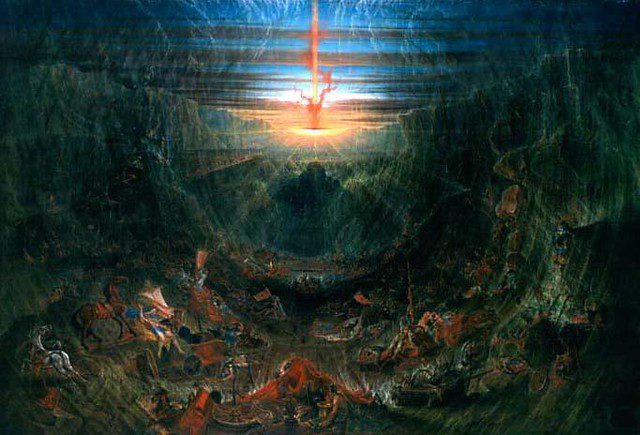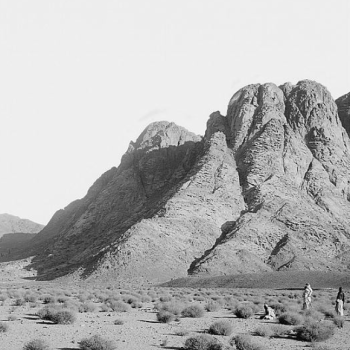
The material formerly here has been re-worked, modified, and edited and is now included only in my book, The Word Set in Stone: How Archaeology, Science, and History Back Up the Bible (Catholic Answers Press: March 15, 2023)
***
Photo credit: The Delivery of Israel out of Egypt, Colman, Danby & Allston, c. 1820-40 [Flickr / CC BY-NC-SA 2.0 license]
***













